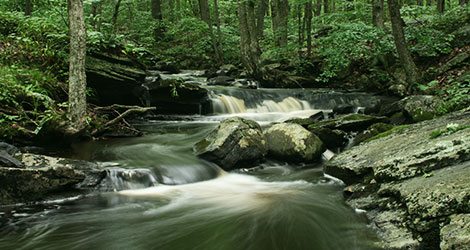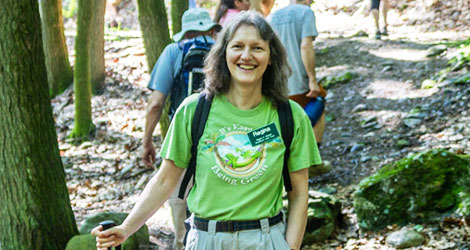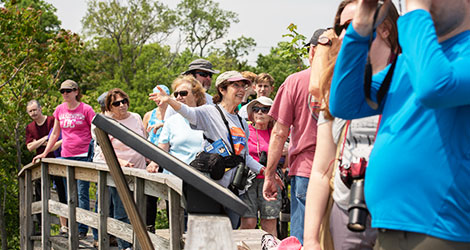Details
Trail Length: 6.5 miles
Towns: Newtown
Allowed Uses: Hiking Only
Partners: Connecticut Department of Energy & Environmental Protection (CT DEEP),
Trail Overview
The Zoar Trail is a 6.5-mile loop hike that takes you through a variety of terrain and features, including hardwood trees, hemlock groves, and water.
If you’re looking for a day hike that’s full of water and views, look no further. The trail is located within the 1,200-acre lower block of the Paugussett State Forest in Newtown. Lake Zoar–the trail’s namesake–is a 975-acre lake that parallels a portion of the trail’s path. The lake was created in 1919 along the Housatonic River by the construction of the Stevenson Dam. For 2.4 miles north of the Great Quarter Road trailhead, hikers are rewarded with frequent water views and forested slopes of Kettletown State Park on the other side of the river.
For an easier hike: follow the trail loop clockwise! Most of the climbing is concentrated in the first two-thirds of the hike, leaving the last 2.4 miles as a series of rolling changes in terrain. That way, when your legs start feeling heavy, all that’s left is rolling hills until you reach your endpoint!
For the more adventurous trekker: south of the junction of the Zoar Trail and the Alternate Trail is Prydden Brook Falls, which tumbles down to Lake Zoar in a series of dramatic cascades. You can view the entire falls from an unmarked trail that parallels the cascades down to Lake Zoar. On the inland side of the forest, the Zoar Trail crosses Prydden Brook, which can be difficult to navigate at times of high water. South of Prydden Brook is an overlook with a view south down the lake.







